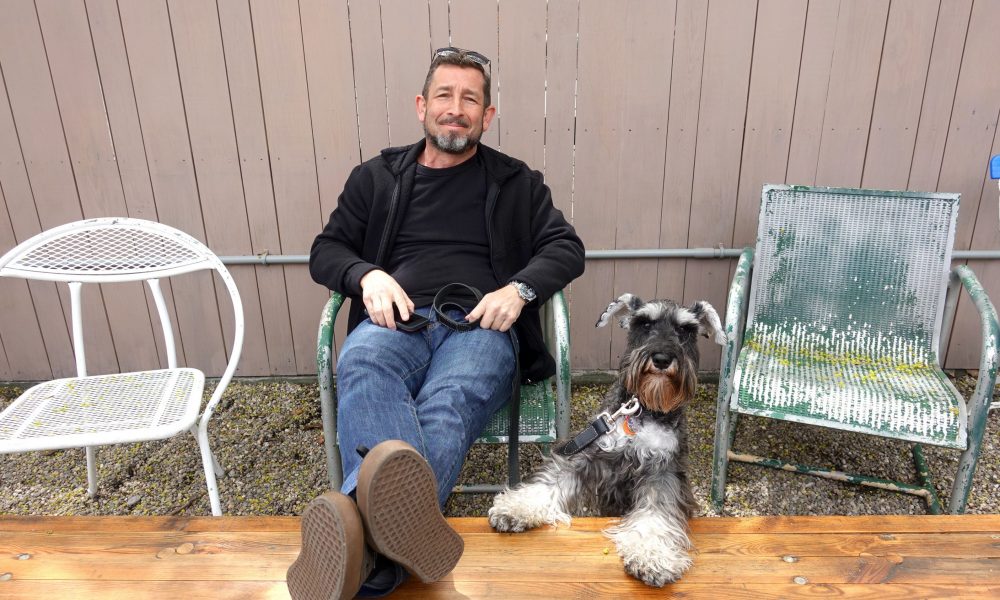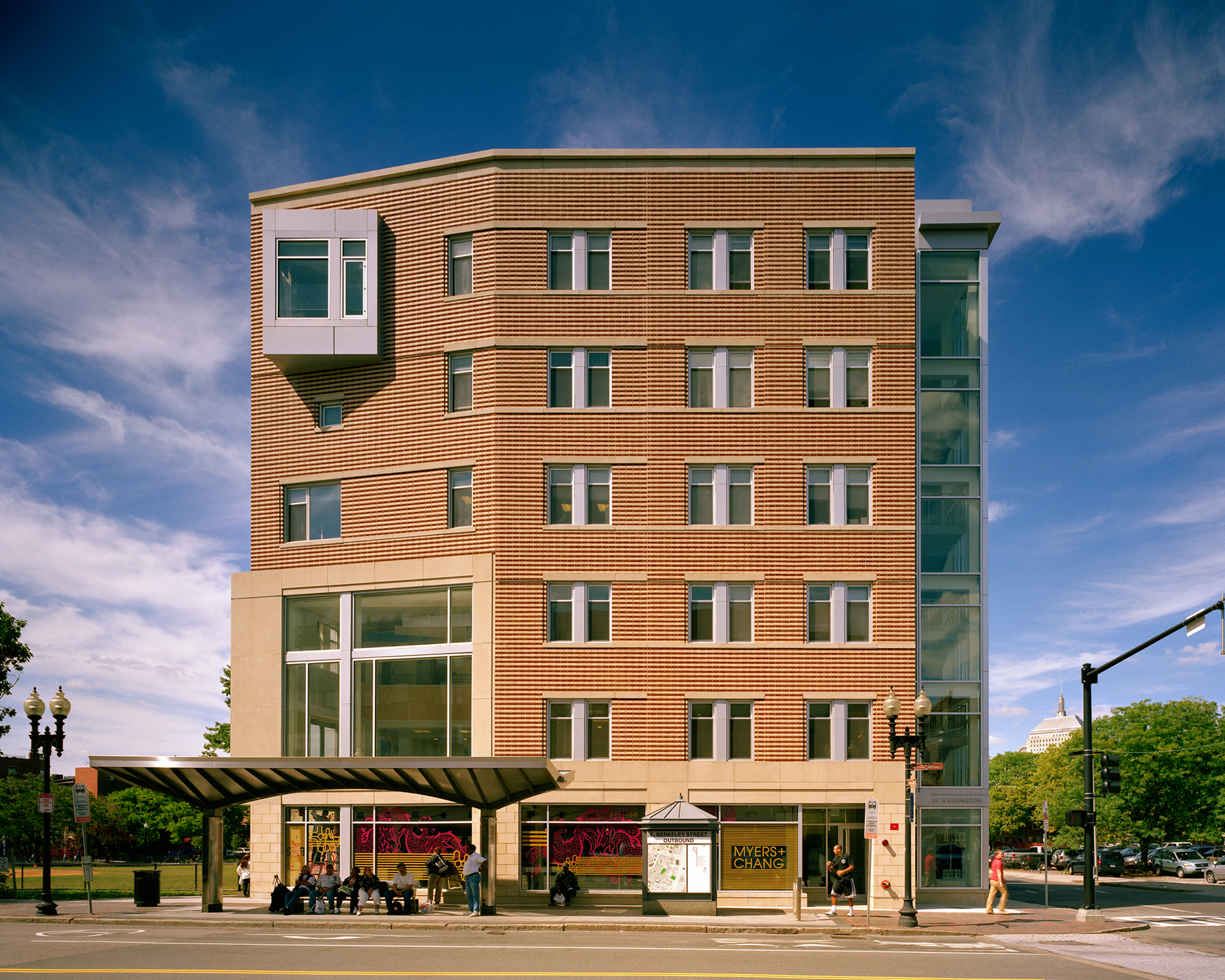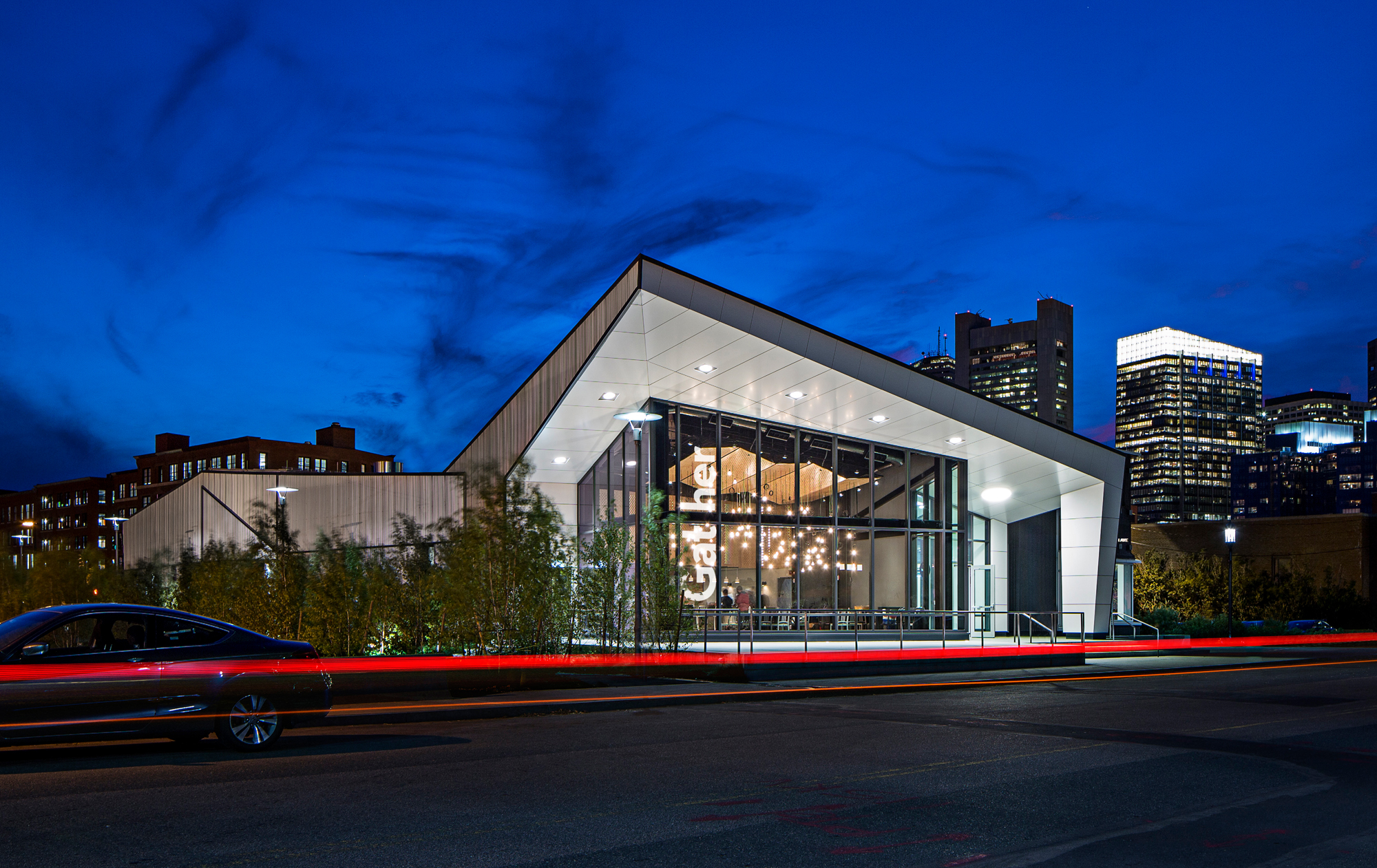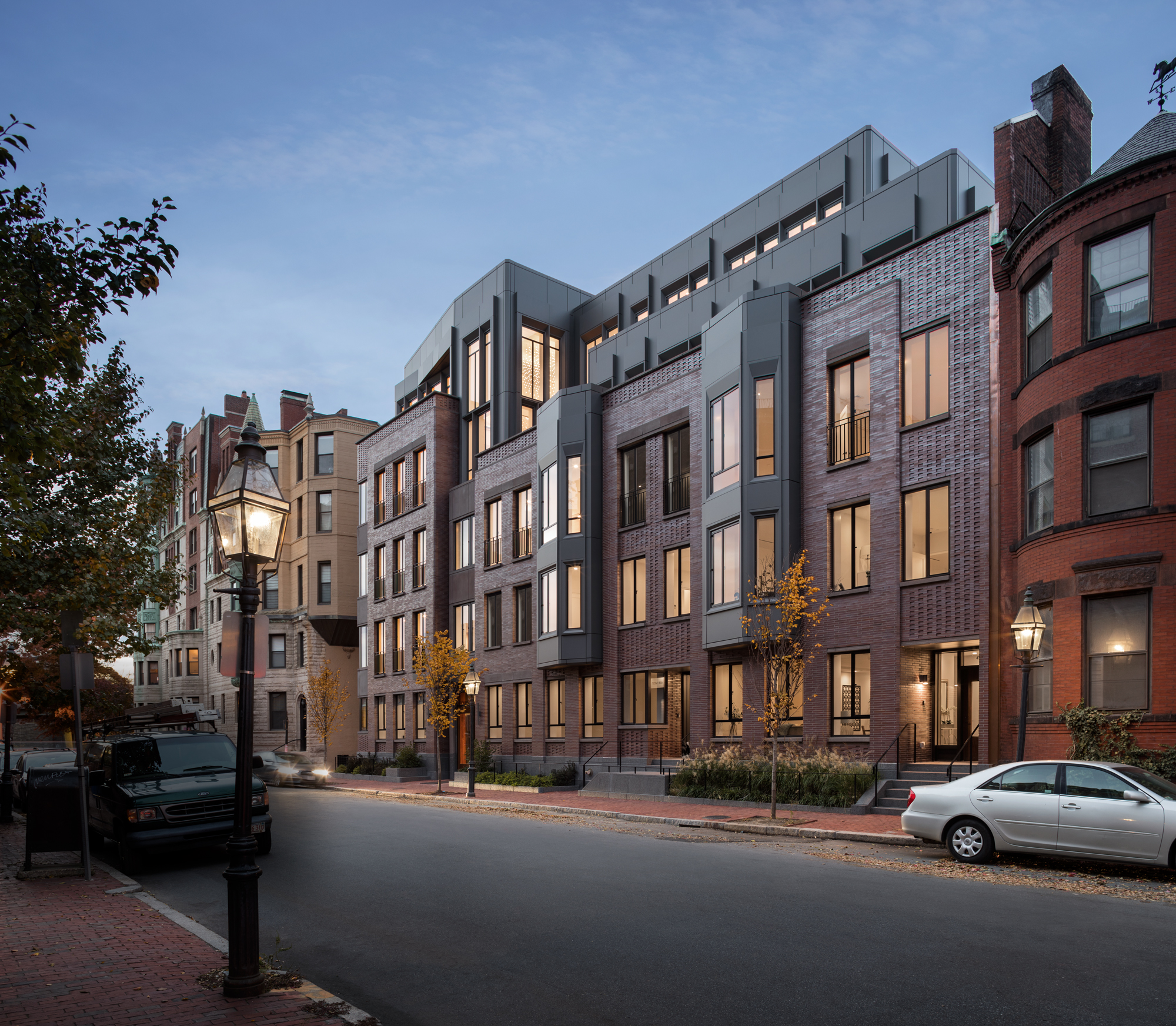

Today we’d like to introduce you to David Hacin.
David, can you briefly walk us through your story – how you started and how you got to where you are today.
I am an architect who, like many others in my field, grew up with a father who was also an architect. Even though we didn’t live together, I always loved visiting his small office in Geneva, Switzerland and knew that I wanted to follow in his footsteps. As a kid, I liked to draw and build things, constructing imaginary cities in my basement with wood blocks — long after it was cool to do so. I kept my ‘hobby’ a secret from my high school friends but often photographed them for posterity. Growing up in Western Pennsylvania, my mother and stepfather saw my budding interests and took me to see Frank Lloyd Wright’s Falling water in Bear Run, PA. That was it. I was blown away and became obsessed with Mr. Wright and his theories. I would still recommend it as an essential pilgrimage for anyone who is interested in architecture.
When I went to college, I dove right in to architecture; I loved the studio culture of working long hours with a tight knit group of like-minded people, all trying to solve a problem with design ideas, rather than with written arguments or more abstract ‘proofs’. Architecture was [and still is] an all-consuming field of study.
After many summers and a year of working in offices in New York, I came up to Cambridge to study at the Harvard Graduate School of Design. After Manhattan, Cambridge was a difficult adjustment and I fully expected to move back to NY as soon as I could. The GSD was a particularly competitive environment and I found myself enjoying my time working at a local design office in Boston much more than school. Most of my coworkers lived all over the city and as I visited them and got to know Boston better, I grew to really like its multidimensional neighborhoods and quirky geography. Meeting my partner [now husband] Tim, sealed the deal. We decided to stay in Boston, move to the South End, and make a life here. It was a good decision.
After many years at CBT Architects learning the ropes, an offer to help design my sister’s house in Phoenix, Arizona seemed like an exciting opportunity and I grabbed it. Working for a time off my dining room table, a few friends helped sustain my unlikely venture with some more small residential commissions. One thing led to another and I eventually shared a studio with a sculptor on Waltham Street and slowly became a part of the lively community of artists, small creative businesses and others that would eventually become SOWA. The South End was changing quickly, and I was suddenly in the right place at the right time. The work started to flow, we grew steadily and, now 25 years later, after building projects all over the city [and the world], we are still based in the same neighborhood where we began. The neighborhood is still growing and changing, and we are growing and changing along with it.
Overall, has it been relatively smooth? If not, what were some of the struggles along the way?
Running a business is rarely a smooth road and architecture, like real estate, is notoriously up and down. Not being from Boston or New England, I didn’t know many people here when I got started. After my launch in the South End, I caught a few lucky breaks with local developers who were willing to give me a chance and I got involved with the community and local arts organizations. That helped the business but also connected me to a support system when things would get difficult. In the 90s, the South End was still a work in progress and there were a lot of us trying to get things going and, importantly, we all wanted to help each other. Despite its reputation, I have always found Boston to be a friendly and supportive place, especially in the South End.
Looking back, I remember how a young couple, Lev Glazman and Alina Roytberg, opened a small gift and beauty shop on the corner of Tremont and Waltham Streets [now the Butcher Shop] just around the corner from where Tim and I lived. We were so excited about it that we would just hang out in there and buy as much as we could. When Lev and Alina moved what they then called ‘fresh’ to Newbury Street, they hired me to help. Fast forward 10 years and ‘fresh’ was acquired by Louis Vuitton [LVMH] and we had designed stores for them all over the world. But it all started with local connections. It proved to be a virtuous circle.
Of course, we also had a couple of shocks along the way like 9/11 and at least two terrible recessions that all happened suddenly and upended everybody’s plans. However, I always felt that I was part of a supportive community and, of course, I also had the most amazing employees who encouraged me and kept me motivated. Aside from the work we do, I am most proud of our firm culture and how we weathered those storms: We would take on odd jobs, we took pay cuts, and in 25 years of practice I have never had a forced layoff. In the field of architecture, that is unusual. I believe in commitment and loyalty as a grounding principal of good business.
Alright – so let’s talk business. Tell us about Hacin + Associates – what should we know?
H+A is a multi-disciplinary architecture and design company. Although we are primarily rooted in architecture, we have expanded over the years to incorporate interior design, graphic design and branding. We are almost 30 people [and one dog] who come from a wide variety of educational, professional, and personal backgrounds; all of us have a strong focus on doing the best possible work we can for our clients and our community. I think my team is the best in the city in both talent and values, full stop.
I describe myself as the Creative Director because I am increasingly seeing my role as being about supporting the amazing team of people I have assembled over the years to do their best work. I am proud that our work is as varied as it is, from multi-family buildings to custom furniture, and that it feels connected to our clients and communities in authentic ways that are not generic or formulaic.
Our work is primarily focused around private and multi-family residential design, interior architecture and design, historic rehabilitation and adaptive reuse, and design for the creative economy. The District Hall innovation center in the Seaport, luxury condominiums in the Back Bay, a full-service restaurant in Kendall Square, and transitional housing for the homeless at Project Place — we cast a wide net and take on each challenge with a fresh outlook and optimistic attitude.
Any shoutouts? Who else deserves credit in this story – who has played a meaningful role?
Where to begin? So many people deserve credit.
Having great parents makes all the difference and I must start there. I marvel at people who succeed despite family turmoil and hardship and am grateful to have always had my parents’ support, even when I gave them news they weren’t necessarily planning on. In my case, that included ‘the man behind the music’, my husband Tim. It’s a cliché but Tim has seen it all, good and bad, and has kept me focused on the good even when my instincts were less helpful. He has always been my ‘cheerleader’.
I often think of the clients who took a chance on me and H+A as the ‘game changers’ and we have been fortunate in that we have had many over the years. I feel like there should be plaque in my office somewhere with all their names — it would be a long list and would include private clients, developers, city officials and even former employers who have provided encouragement and mentorship. I am also grateful to all the writers and journalists who helped get the word out about us, especially before the era of social media made it so immediate. But mostly, I must thank my staff for consistently giving so generously of their talent and not always getting as much credit as they deserve. I’m not shy and I have a pretty big ego, but no one builds a company like H+A by themselves.
And then, of course, there are my dogs. Having a dog is essential to my well-being.
Contact Info:
- Address: H+A/Hacin + Associates
500 Harrison Avenue
Studio 4F Boston, MA 02118 - Website: www.hacin.com
- Phone: 617-426-0077
- Email: info@hacin.com
- Instagram: @hacinassociates
- Facebook: @HacinAssociates
- Twitter: @HacinAssociates







 Image Credit:
Image Credit:
Tim Grafft (Photo of David Hacin); Gustav Hoiland/Flagship Photo (Photo 01_DistrictHall.jpg, 08_JordanLofts.jpg); Trent Bell (Photo 02_Four51.jpg, 05_NorthEndLoft.jpg); Michael Stavaridis (03_Glasshouse.jpg, 04_NewtonTudor.jpg, 06_MyersChang.jpg); Bruce T. Martin (Photo 07_ProjectPlace.jpg).
Getting in touch: BostonVoyager is built on recommendations from the community; it’s how we uncover hidden gems, so if you know someone who deserves recognition please let us know here.
















